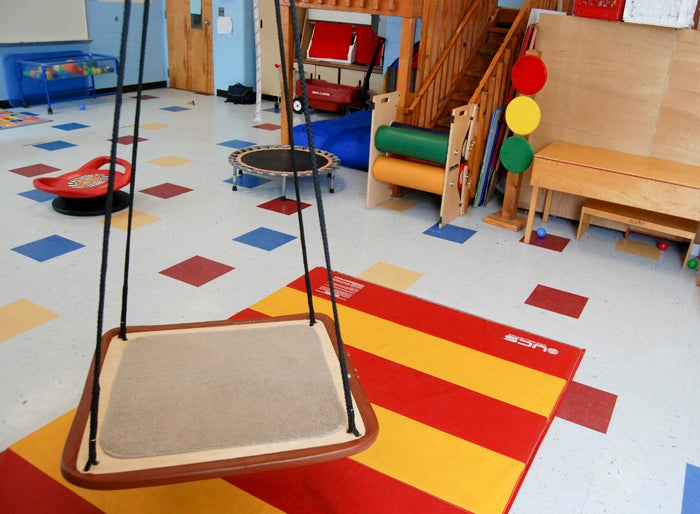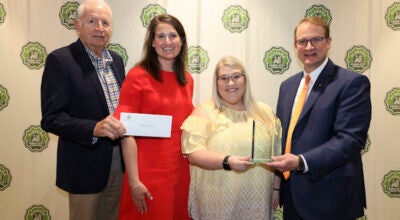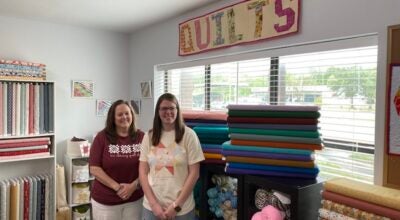School’s special education program presented as model
Published 5:04 pm Monday, April 18, 2016

Clanton Elementary School has a sensory room, which serves as a calming place for children with special needs while working on their sensory skills. (Photo by Anthony Richards)
The special education preschool program at Clanton Elementary School was on display Monday.
Special Education Director with Chilton County Schools Dr. Benita Cahalane met with members of an elementary school in Nettleton, Miss. that were interested in the techniques being used in Chilton County.
According to Cahalane, they talked about the general setup of the special education program at Clanton Elementary and how it worked effectively with the school culture.
“We gave them a tour and overview of the program and went into what we do to make a child’s education meaningful,” Cahalane said.
Cahalane taught at Mississippi State University for six years and presented the county’s innovative practices at the Mississippi Council for Exceptional Children in September, she said.
“I thought that it would be a great opportunity to highlight some of the things that we are doing in the county for both special and general education,” Cahalane said. “The thing that is so beautiful about our program is that it is comprehensive.”
Some of the unique aspects of the program at Clanton Elementary School are the interactions that take place between “general” children and children with special needs.
“The theme of the program is to help erase the stigma of disabilities,” Cahalane said. “It starts at an early age that there are no differences and we are all in this together.”
It’s a modeling program that helps the special needs children learn how to get in line, by observing the influence of the “general” children, Cahalane said. Being taught alongside children with disabilities allows for the building of relationships and a deeper understanding for both parties involved the process.
Helping assist in the effort are speech and language pathologists, occupational therapists, preschool teachers, paraprofessionals and physical therapists to provide all the services needed for each child.
“They are the heart beat of the entire program,” Cahalane said. “There’s not just one person that can do this. It is a collaborative effort.”






